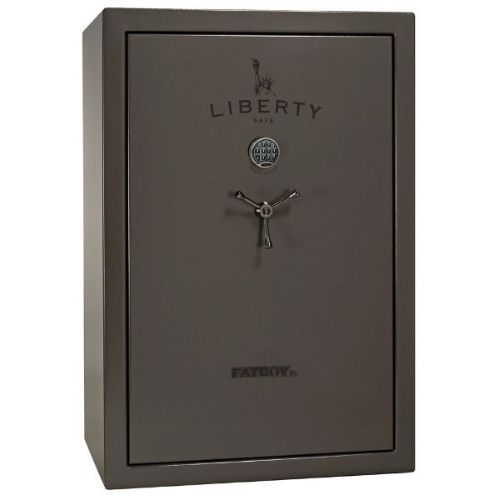We may get commissions for purchases made through links in this post. Thanks for the support! 👍
All the firearms you keep in your gun safe should be kept at an optimal humidity setting. A firearm that becomes too dry may not function well and can develop corrosion. The stocks may also crack and become impossible to utilize if they become dry. Your gun safe can keep these issues from being a concern, but a gun safe can become too dry.
A gun safe can become dry due to an arid climate or from using a dehumidifier longer than necessary. You’ll need to watch how you keep your gun safe secure to ensure your firearms don’t become damaged. The easiest way to do this, is by utilizing a hygrometer to make sure your safe doesn’t get too dry, but also so it doesn’t get too damp.
1. Heat From Outside Can Become a Problem

Your gun safe can become too dry if you live in a hot area without much humidity.
Arid conditions of at least 80 degrees Fahrenheit can dry out a gun safe in moments.
The risk of heat is especially prominent in bright spaces where lights can shine on the safe. Any storage place where the insulation is poor may also be a threat.
A garage might become hot during the summer months, for instance.
2. The Safe Material Makes a Difference
Some gun safes will heat up faster than others. A steel or iron safe will take longer to warm up, ensuring the relative humidity in the safe won’t drop.
Added lubricants on the metal surfaces may also provide a slight moisture shield over everything.
A wood safe is more vulnerable to heat and will become hotter after a while. A lack of air inside the wood safe might cause the inside contents to become dry.
Any ammunition you store inside the safe may also degrade faster due to a lack of moisture keeping its parts lubricated.
3. Excess Moisture-Collecting Items

You might also have more moisture-collecting items in your safe than you should be utilizing.
Silica gel packets (or canisters) can help keep excess moisture under control, for example. Silica gel can collect excess moisture from the air.
But adding too many of these packets might cause a space to become dangerously dry.
The silica compound may also weaken after a while, making it harder for the item to work.
Frequently Asked Questions
What is the proper humidity level for a gun safe?
A gun safe should have its humidity levels at about 50%. This is right where you won’t end up with moisture all over your belongings, but also won’t dry out the wood in your firearms.
Should a gun safe be airtight?
Gun safes aren’t truly airtight, and really shouldn’t be. There are actually multiple holes in a gun safe, but just not enough to get real airflow. We wouldn’t recommend modifying a safe to be airtight either, as they are build this way on purpose. For example, if ammo starts to leak, you want to make sure those gasses have some place to go.
How do you remove moisture from a safe?
The easiest way to remove moisture from a safe is by using a dehumidifier, and more specifically a silica gel packet one. These packets actually remove the water, and not just dissipate it.
Conclusion
Be sure when storing your guns in your gun safe that you are keeping the humidity under control. A gun safe can become too dry if you are not careful. The good news is that you can do a few things to prevent this from being an issue:
- Keep your safe in an air-conditioned environment to ensure the air doesn’t get too warm. The temperature should be around 60 to 70 degrees Fahrenheit.
- Add a humidifier to your safe, but be sure you review it on occasion by using a hygrometer like this one. The humidity should be consistent at around 40 to 60 percent on average without going too high or low. You can use a hydrometer to see what the humidity level is like as necessary.
- Avoid adding excess light to your safe. Light can heat the safe and dry its contents if they’re stuck in the same place for too long.
